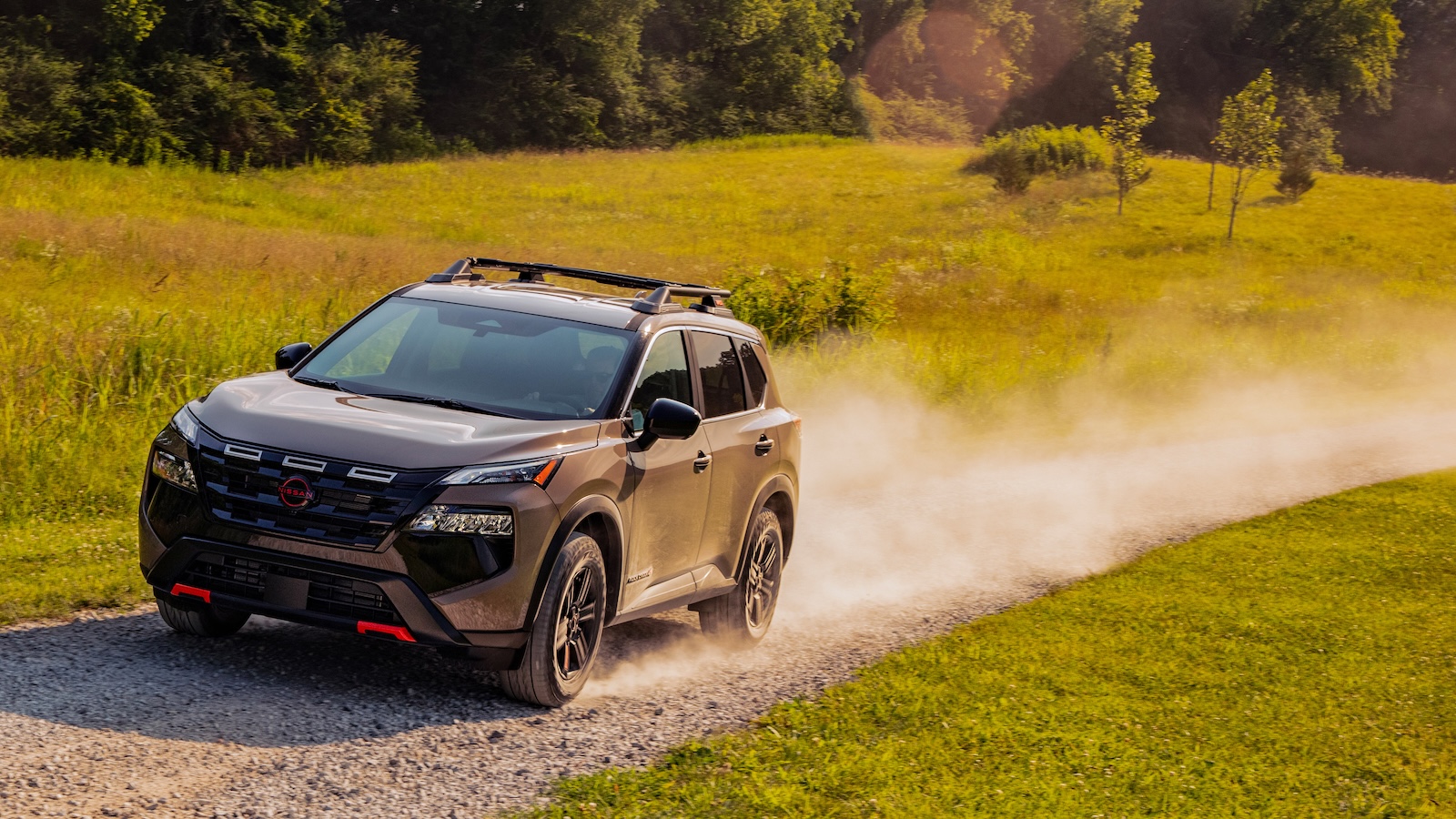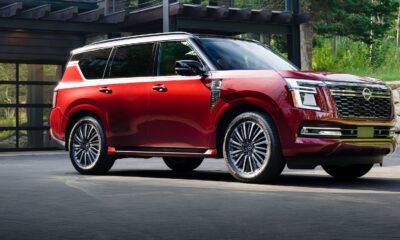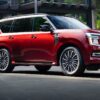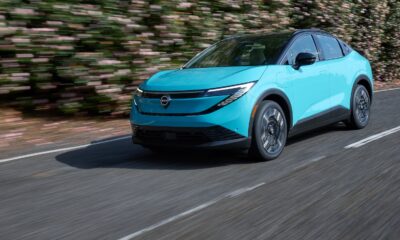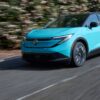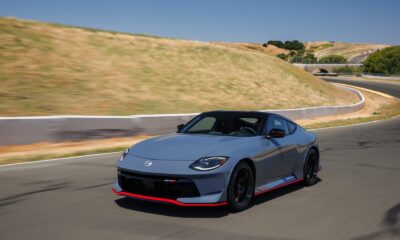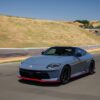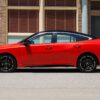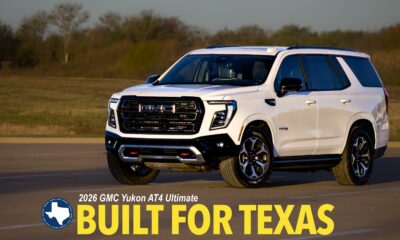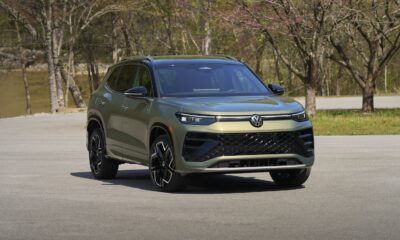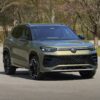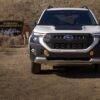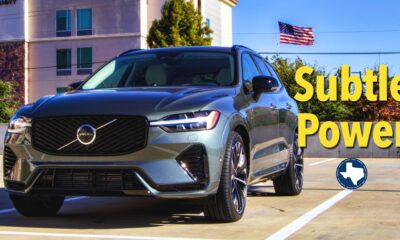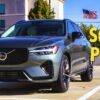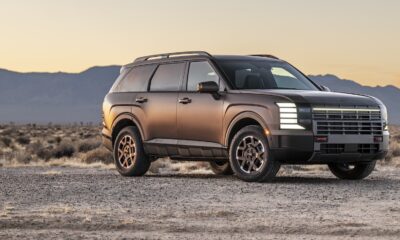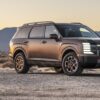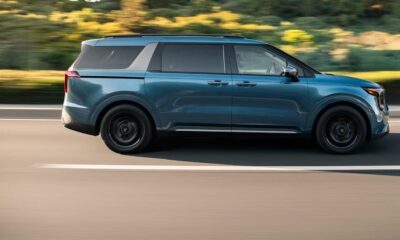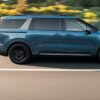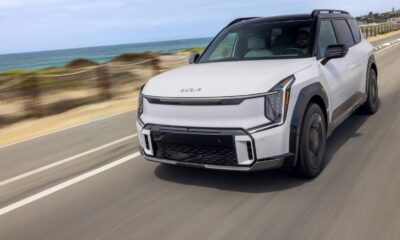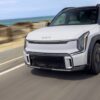Car Reviews
2025 Nissan Rogue – ROGUE MILES, ROGUE SMILES
2025 Nissan Rogue
ROGUE MILES, ROGUE SMILES
I must be living right. On a week when two road trips were on the calendar, Nissan sent over a ‘you’d-swear-it-was-a-luxury Rogue that devours miles the way a golden retriever tackles rotisserie chicken—eager, smooth, and without a hint of indigestion.
When I settled into its quilted seats and tapped up the adaptive cruise, it was clear this was not just another commuter crossover. The Rogue is equal parts refuge and gadget—serene enough to soothe, smart enough to impress. It did not just handle the miles; it made them disappear.
If it only had a hybrid …
Market Position
Nissan pitches the Rogue as a versatile compact SUV for families, commuters, and weekend wanderers. With prices from $28,790 to $38,990, it squares off against the Toyota RAV4 and Honda CR-V. Fuel economy is respectable—we averaged 31 mpg—but unlike its rivals, the Rogue still lacks a hybrid option, a growing must-have in this class.
Reliability is another hurdle. Toyota and Honda enjoy reputations for bulletproof durability; Nissan does not. Add generous incentives and heavy fleet sales, and Rogue’s depreciation curve will be steeper than most. Built in Smyrna, Tenn., it avoids import tariffs, and Nissan has announced only modest price increases for 2026—just enough to keep it “affordable enough” once markdowns are factored in.
5-Year Depreciation & Resale Value
(Compact SUV Segment)
Exterior Design
The Rogue wears Nissan’s latest design language: bold V-Motion grille, boomerang headlights, and a floating-roof profile. It sits mid-pack among compact SUVs at 182.5 inches long on a 106.5-inch wheelbase. Aerodynamic tweaks smooth airflow, while trims like Rock Creek add black cladding, raised ride height, and skid plates. Styling lands between the RAV4’s ruggedness and the CR-V’s conservatism—more character than Honda, less aggression than Toyota.
Ride and Drive
The Rogue’s most significant challenge lies under the hood. A plug-in hybrid (a rebadged Mitsubishi Outlander) arrives late this year, with Nissan’s own e-Power hybrid due in 2027. For now, every Rogue runs a 1.5-liter turbocharged, variable-compression three-cylinder (201 hp, 225 lb-ft) paired with a CVT, and both motor and tranny come with caveats.
VC-Turbo in brief:
- The Pitch: Variable compression promised V6 punch with four-cylinder thrift.
- The Reality: Awards at launch, but complexity and reliability issues (stalling, bearing failures, recalls) have dogged it.
- The Critique: Analysts now call it “a disappointment.” Nissan is the only automaker to mass-produce it, and that exclusivity has become a liability.
- The Bottom Line: Reaching 200,000 miles requires meticulous maintenance and a gentle right foot.
Performance is adequate: 0–60 in 7.8 seconds, top speed around 115 mph if you have the patience. Above 85 mph, the CVT runs out of ratio, and the tiny three-cylinder runs out of breath against aerodynamic drag.
The CVT itself uses a steel belt between pulleys, the design that gave CVTs their bad name. It is lighter and seamless but prone to slippage and heat. Consumer Reports notes early Rogues suffered belt chatter; Car and Driver found hesitation under load. By contrast, Toyota and Honda’s planetary-gear CVTs are bulletproof with routine fluid changes.
Steering is light, ride quality is composed, and cornering is respectable. Push hard, though, and the CVT drone reminds you of the compromises.
Our tester came with all-wheel drive and a selector switch that included an off-road option. Headed up to Dyer Mountain overlooking Broken Bow Reservoir, I looked at an extremely challenging forest road and glanced under the Rogue to discover it had neither sufficient ground clearance nor skid plate protection.
When I hiked back down the mountain, it was with great relief that I realized I would be driving the SUV home with all pans, gaskets, fluids, body panels, and suspension components still where the factory put them.
I mention this in hopes of motivating Nissan to send out a Rock Creek Rogue. Then we can play.
Cabin Comfort
Inside, the Rogue impresses. A panoramic moonroof brightens an airy cabin trimmed with soft-touch surfaces and contrast stitching. The front seats are supportive, and the rear legroom trails the CR-V slightly, but it remains adult-friendly. Cargo space is generous: 36.5 cubic feet behind the seats, 74 cubes if folded.
An 8-inch touchscreen anchors the dash, with wireless Apple CarPlay and Android Auto (though CarPlay occasionally needed rebooting). Physical knobs for volume and climate controls keep things simple.
ProPilot Assist 2.1 adds hands-free highway driving, lane-change prompts, and enhanced surround-view cameras activated by a well-placed switch.
Compared to the CR-V’s dated interface and the RAV4’s fussy toggles, the Rogue strikes a middle ground: modern, but not over-complicated.
Safety
Standard kit includes automatic emergency braking with pedestrian detection, blind-spot warning, and rear cross-traffic alert. ProPilot Assist 2.1 layers on adaptive cruise, lane centering, and hands-free highway driving. Consumer Reports calls the Rogue “a substantial improvement,” citing quieter cabins and more reliable safety electronics. The 2024 model earned IIHS Top Safety Pick with the right headlights; the 2025 rating is pending.
Bottom Line
The 2025 Nissan Rogue delivers comfort, cargo space, and a strong suite of safety tech. It is quieter, more refined, and more tech-savvy than its predecessors. Yet driving dynamics remain average, and depreciation is steep.
Who should buy: Families who value space, safety, and modern driver aids.
Who should look elsewhere: Drivers seeking engaging handling or long-term value—Mazda CX-5, Honda CR-V, or Toyota RAV4 remain stronger bets.
If you want something the baby can drive to college, buy the RAV4. If you want something that makes the miles melt away today, the Rogue will do fine. Rogue miles…Rogue smiles.



